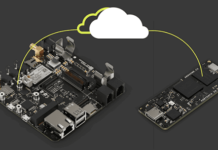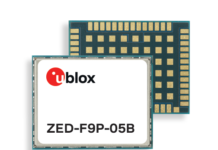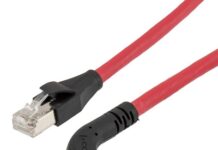
This blog will demonstrate how Laird Connectivity, a global Infineon ecosystem partner, leverages Infineon’s Wi-Fi /Bluetooth combo SoCs to deliver globally certified modules along with world-class design services and manufacturing and customer support.
The Industrial Internet of Things (IIoT) connects sensors, devices, and systems to the internet. Additionally, it puts those technologies to use directly on the manufacturing floor, collecting data from the cloud to drive artificial intelligence and predictive analytics. However, smart medical and factory and home automation face various issues when achieving robust and reliable wireless connectivity. For example, significant complexities exist in software integration, coexistence, antenna design, and worldwide regulatory certification.
Design Considerations for Wi-Fi and Bluetooth
Both Wi-Fi and Bluetooth use the 2.4GHz spectrum. IEEE 802.11 guides various Wi-Fi standards, including frequency spectrum. Wi-Fi, with its high bandwidth and more extended range (100m), is often used to connect to the internet. Bluetooth, with its lower bandwidth and shorter range (10m), is primarily employed to connect between devices and provision onto Wi-Fi networks using mobile applications. Because users want the greatest optimal functionality, it is ideal that both Wi-Fi and Bluetooth are available. IIoT users also want to minimize security concerns. This is achieved using Wi-Fi Protected Access (WPA) & Bluetooth LE Secure Connections. Proper antenna performance should be considered from the outset. If users want their system to perform to regulatory and certification approvals, care must be given to achieve this. Pre-certified modules save users high regulatory certification costs and time. Working directly on a design with (Wi-Fi/Bluetooth) SoC chipsets requires users to understand extremely complex RF hardware design, various regulatory and certification processes, and induces a host of time-to-market risks.
IEEE 802.11ac
IEEE 802.11b (2.4GHz) g (2.4GHz) n (2.4GHz/5GHz) are legacy network standards. 802.11ac (Wi-Fi 5) embraces the Internet of Things (IoT). 802.11ac (2.4GHz/5GHz) provides four critical advantages over legacy 802.11b/g/n.
- The first advantage derives from its beamforming. Beamforming is sending the signal in a more focused direction than omnidirectional. Beamforming’s directionality helps provide better coverage and reduction in dead spots and reduced interference, avoiding the need for repeaters. Beamforming is used by access points but requires the stations to support the functionality, providing the necessary information to point the beam in their direction.
- The second advantage is lower energy per bit (Figure 1). Lower energy per bit reduces the active radio time, reducing power in transmit and receive. Enabled by faster transmission times and more efficient data payload transfers, it makes 802.11ac (Wi-Fi 5) the ideal choice for low-power IoT applications.
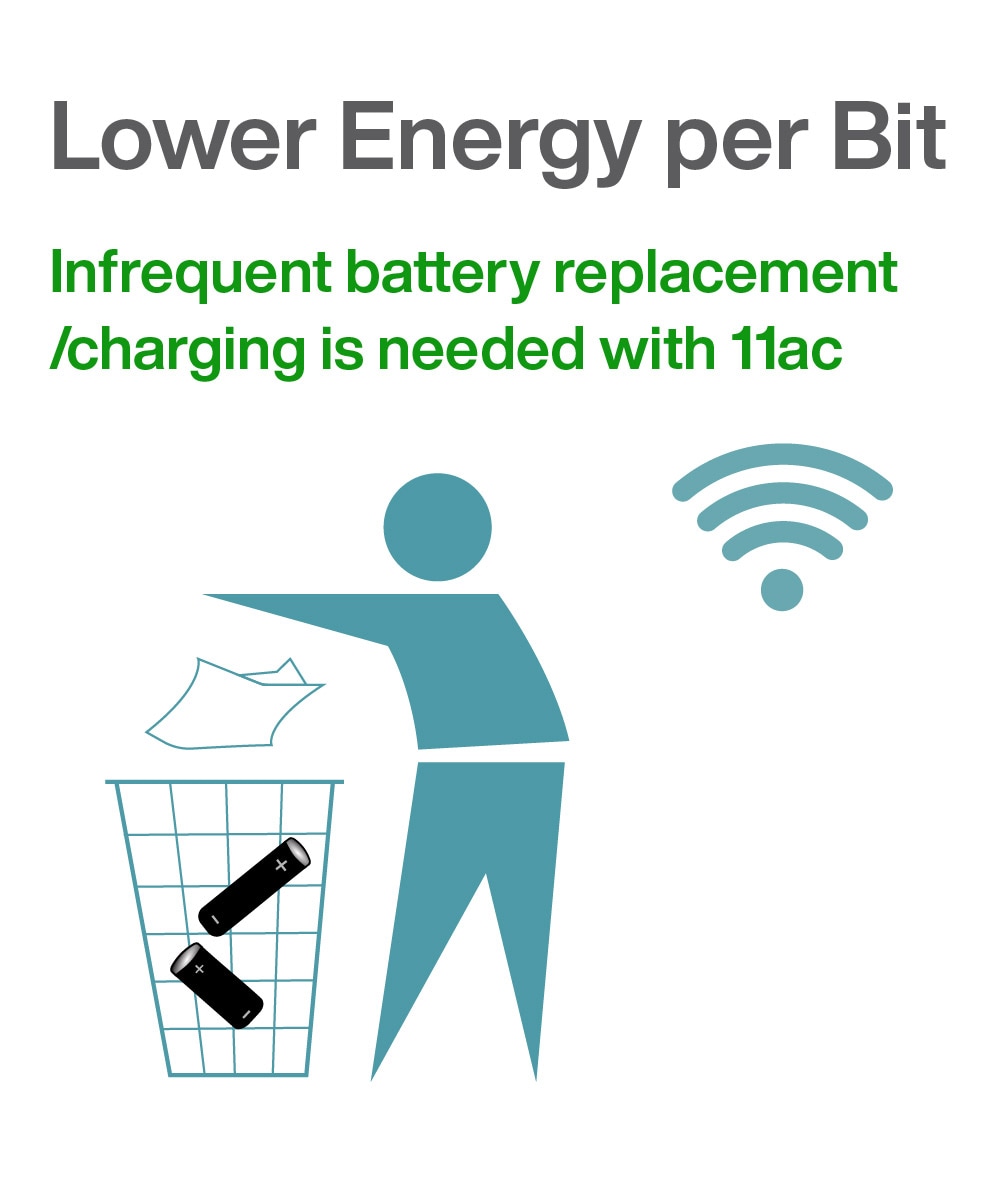
Figure 1: The IEEE 802.11ac lower energy per bit reduces the active radio time, reducing power in transmit and receive. (Source: Laird Connectivity/Infineon Technologies)
- The third advantage is channel spacing (Figure 2). 80MHz and 40MHz channels provide better spectrum utilization. Better spectrum utilization reduces congestion, enabling dense node deployment.
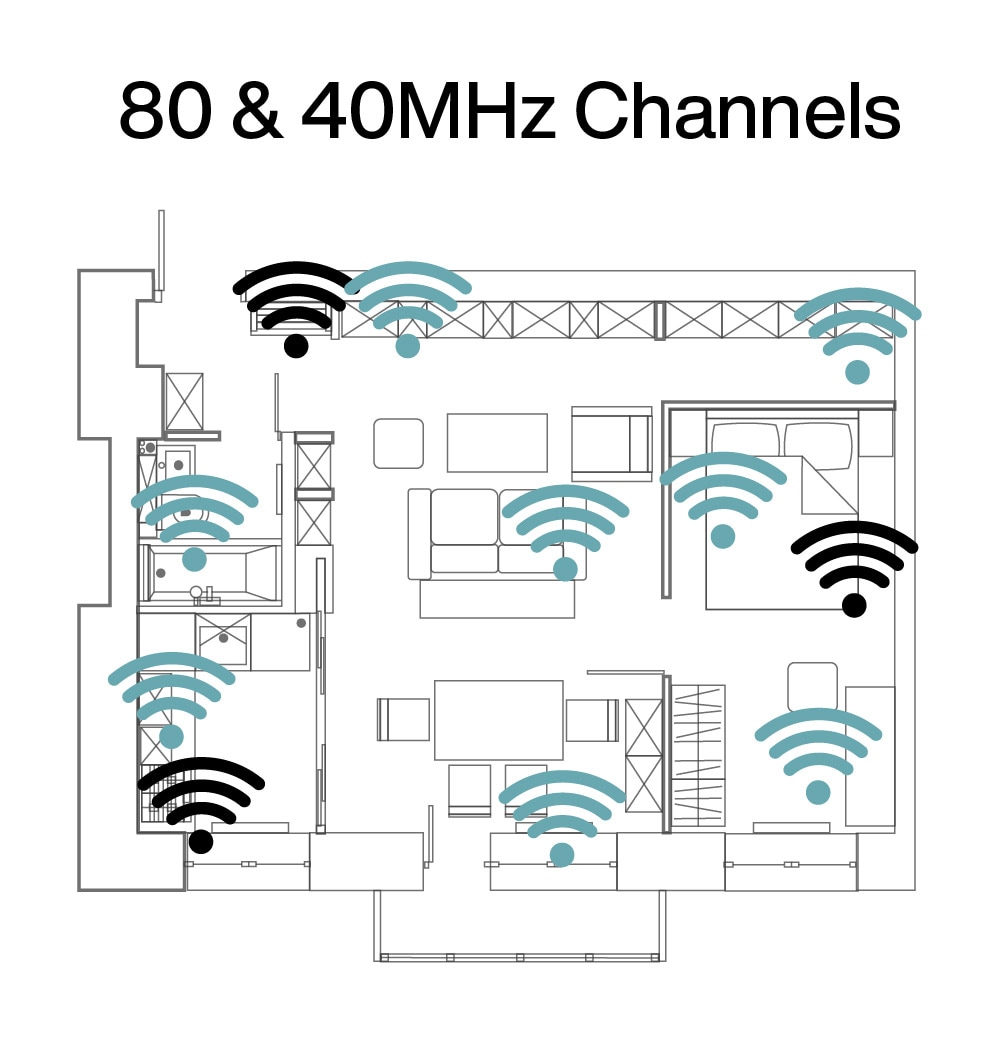
Figure 2: The growing number of IoT devices requires IEEE 802.11ac dense node deployment. 802.11ac offers denser node deployment because of better spectrum utilization from channel spacing. (Source: Laird Connectivity/Infineon Technologies)
- Finally, its 5GHz channel provides a cleaner spectrum for audio, video, and cloud services. Although not unique to 802.11ac (Wi-Fi 5), the availability of the 5GHz spectrum provides for a much cleaner, less crowded RF environment. Allowing higher bandwidth, more reliable and power-efficient connection.
Solution
Laird Connectivity Sterling-LWB5+ Wi-Fi and Bluetooth Modules and Laird Connectivity Sterling LWB5+ Development Kits answer the call for next-gen wireless IoT by supporting Wi-Fi 5 (802.11ac) and Bluetooth (Figure 3). Powered by Infineon’s AIROC™ CYW4373E Dual-Band 802.11ac + Bluetooth 5.2 SoC, which provides 1×1 Dual-Band (2.4/5 GHz) Wi-Fi 5 (802.11ac) and Bluetooth, the Sterling-LWB5+ is purpose-built for IIoT connectivity through a secure, reliable, and robust feature set. It’s IoT from the start—fully certified, easy-to-integrate, and the fastest route to the market. The Sterling-LWB5+ Modules have been made with manufacturability in mind and are pre-certified for several regulatory domains to cut down barriers to entry. Its integrated power amplifier (PA) and low noise amplifier (LNA) with antenna diversity ensure reliable connectivity in harsh RF environments. It is reliable across the industrial temperature range (-40°C to +85°C), and its solder-down module is suitable for industrial vibration and impact demands while supporting the latest WPA3 security standards.
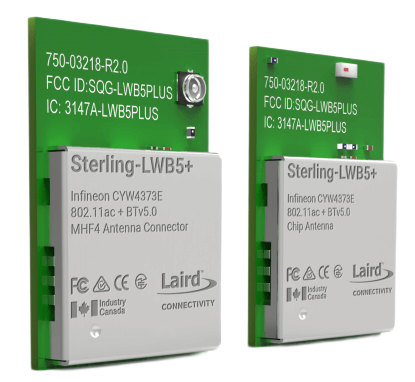
Figure 3: Laird Connectivity Sterling-LWB5+ Wi-Fi and Bluetooth Modules and USB Adapter. (Source: Mouser Electronics)
Laird Connectivity recently announced the addition of a USB adapter to the LWB5+ family. Supporting the full industrial temperature range, this adds simple plug and play integration for Wi-Fi and BT.
OS Flexibility for IoT Applications
Linux is an excellent operating system (OS) for microprocessor-based applications, including in-home medical gateways, test and measurement, heavy machinery, vehicle telematics, and patient monitors. The Sterling-LWB5+ Linux backports package supports many Linux kernels enabling backward compatibility. This approach lowers the risk of risks compilation issues with older kernel versions, reducing integration time and improving the time-to-market. Additionally, it provides flexibility for the customer to use their preferred kernel version and standardizes format for backward compatibility, eliminating the need to apply patches for specific kernel versions manually. This arrangement provides processor flexibility for easy integration with NXP i.MX, Nvidia, Xilinx Zynq, and other popular platforms.
Future versions will offer a real-time operating system (RTOS) for microcontroller-based applications such as Infineon ultra-low-power, flexible and secure PSoC™ 6 MCUs—enabling use cases such as solar inverters, irrigation systems, power tools, home automation, and wellness devices.
Conclusion
Are you looking to avoid the typical challenges and pitfalls obstructing the path to enabling IIoT connectivity? Laird Connectivity and Infineon Technologies are the perfect combination to design Wi-Fi 5 (802.11ac) + Bluetooth into your next-generation wireless product. Laird Connectivity’s Sterling-LWB5+ wireless module hosts the AIROC™ CYW4373E Dual-Band 802.11ac + Bluetooth 5.2 SoC and provides customer’s an easy path to production. The Sterling-LWB5+ is a small form factor, rugged, and globally certified Wi-Fi/Bluetooth module with extensive software support for Linux/Android and RTOS designs. In addition, engineers are supported by their line-up of development kits, modules, M.2 cards, and software example projects to speed your design and production schedules to accelerate your time to market.
This blog has been republished with permission from Mouser Electronics.



